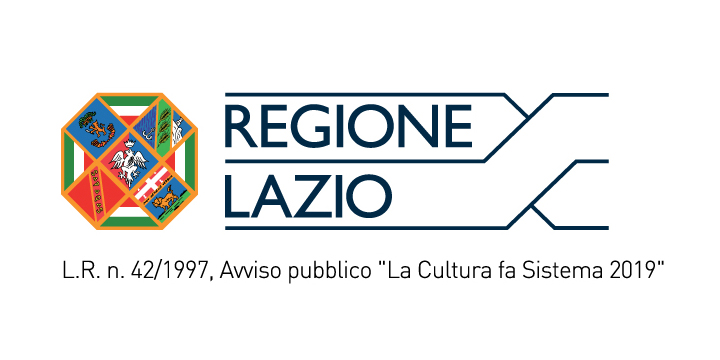In the world of business, contracts and agreements play a vital role in ensuring smooth and fair transactions. Whether you’re bidding for a cleaning contract or involved in other types of agreements, understanding the intricacies of contract law is essential. Let’s explore some key terms and concepts related to contract agreements and how they can impact your business.
1. How to Bid for a Cleaning Contract
If you’re in the cleaning business, knowing how to bid for a cleaning contract is crucial for growth and success. A comprehensive guide on how to bid for a cleaning contract can help you navigate the process effectively and increase your chances of winning lucrative projects.
2. Understanding the LSPA Agreement
The LSPA agreement is a significant aspect of many business contracts. This agreement provides a framework for the relationship between the parties involved and ensures that both parties understand their rights and obligations. Familiarize yourself with the LSPA agreement to protect your interests and promote transparency in your business dealings.
3. Baskets in a Credit Agreement
When it comes to credit agreements, understanding the concept of “baskets” is crucial. Baskets in a credit agreement refer to specific thresholds or limits set for various provisions. These thresholds define when certain actions or events can occur, providing clarity and protection for all parties involved.
4. Recital Definition in Contract Law
The recital definition in contract law refers to the introductory statements or clauses in a contract. These statements provide context, background, and explanations for the purpose and intentions of the contract. Understanding recitals is essential for interpreting and enforcing the terms of a contract.
5. Service Level Agreement for IT Outsourcing
In the realm of IT outsourcing, a service level agreement (SLA) is crucial. This agreement outlines the performance metrics and expectations between the service provider and the client. A well-defined SLA ensures that both parties have a clear understanding of the services to be provided, response times, and issue resolution processes.
6. Importance of Formal Agreements and Ownership
Once a formal agreement is reached, ownership is typically considered settled. However, it’s essential to have a legally binding ownership agreement in place to prevent disputes and protect the rights of all parties involved. Consulting with legal professionals can help ensure that your ownership and other legal aspects are adequately addressed.
7. Settlement Agreements: Deed vs. Non-Deed
When it comes to settlement agreements, the question of whether it should be a deed or non-deed often arises. While both types of agreements have their benefits and legal implications, choosing the appropriate format depends on the specific circumstances and legal requirements of the jurisdiction involved. Seek legal advice to make an informed decision.
8. Selling Your House and Contract Obligations
If you sign a contract, it doesn’t necessarily mean you have to sell your house. The decision to sell your house is not automatically triggered by signing a contract. However, contractual obligations should be carefully reviewed to understand any potential implications or clauses that may impact your property or assets. Consult legal experts to ensure you’re fully aware of your rights and obligations.
9. Engineering Retainer Agreement
Engaging in engineering projects often requires entering into a retainer agreement. This agreement ensures that engineering services are provided on an ongoing basis, typically for a specified duration or project. A well-drafted retainer agreement can establish clear communication channels, deliverables, and payment terms for a successful engineering partnership.
10. Percent Agreement for Multiple Raters
In some situations, multiple raters or evaluators need to assess a particular subject. Using a percent agreement ensures consistency and reliability in the evaluation process. This agreement defines the level of agreement required between raters and helps mitigate subjectivity or bias in the evaluation results.


